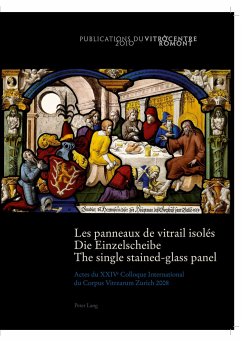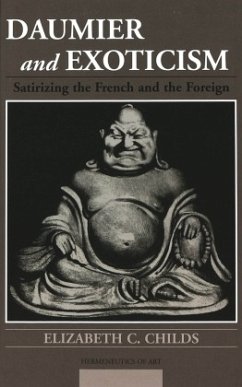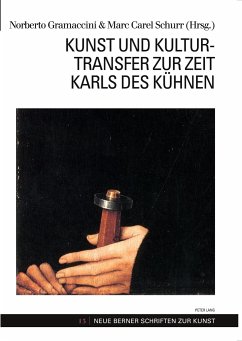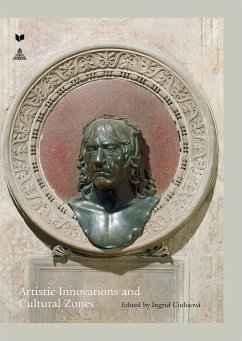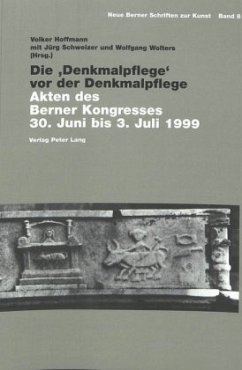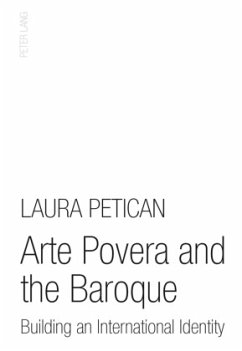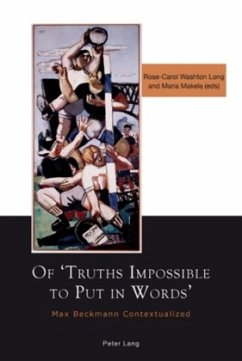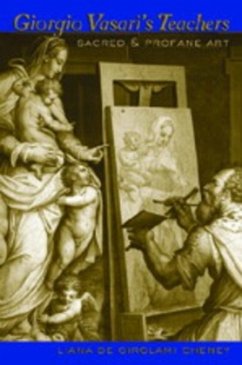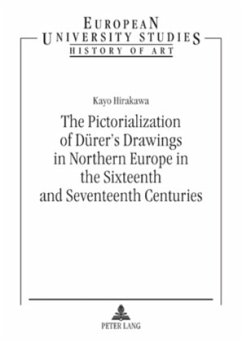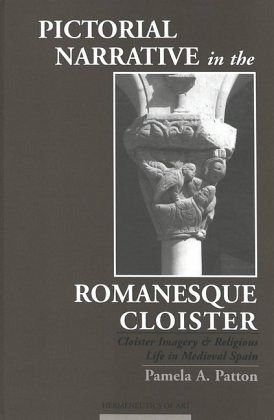
Pictorial Narrative in the Romanesque Cloister
Cloister Imagery and Religious Life in Medieval Spain
Versandkostenfrei!
Versandfertig in 6-10 Tagen
75,95 €
inkl. MwSt.

PAYBACK Punkte
0 °P sammeln!
Praised as paradisiacal or denounced as impious fantasy, the sculpture of Romanesque cloisters played a powerful role in medieval monastic life. This book demonstrates how sculpture in the cloister, the physical and spiritual heart of the religious foundation, could be shrewdly configured to articulate the most influential ideals and experiences of its individual community. Taking as its focus the visually rich, highly organized narrative programs of three twelfth-century Spanish cloisters, this book reveals the power of such imagery to reflect and reinforce the social and spiritual preoccupat...
Praised as paradisiacal or denounced as impious fantasy, the sculpture of Romanesque cloisters played a powerful role in medieval monastic life. This book demonstrates how sculpture in the cloister, the physical and spiritual heart of the religious foundation, could be shrewdly configured to articulate the most influential ideals and experiences of its individual community. Taking as its focus the visually rich, highly organized narrative programs of three twelfth-century Spanish cloisters, this book reveals the power of such imagery to reflect and reinforce the social and spiritual preoccupations of its age.



